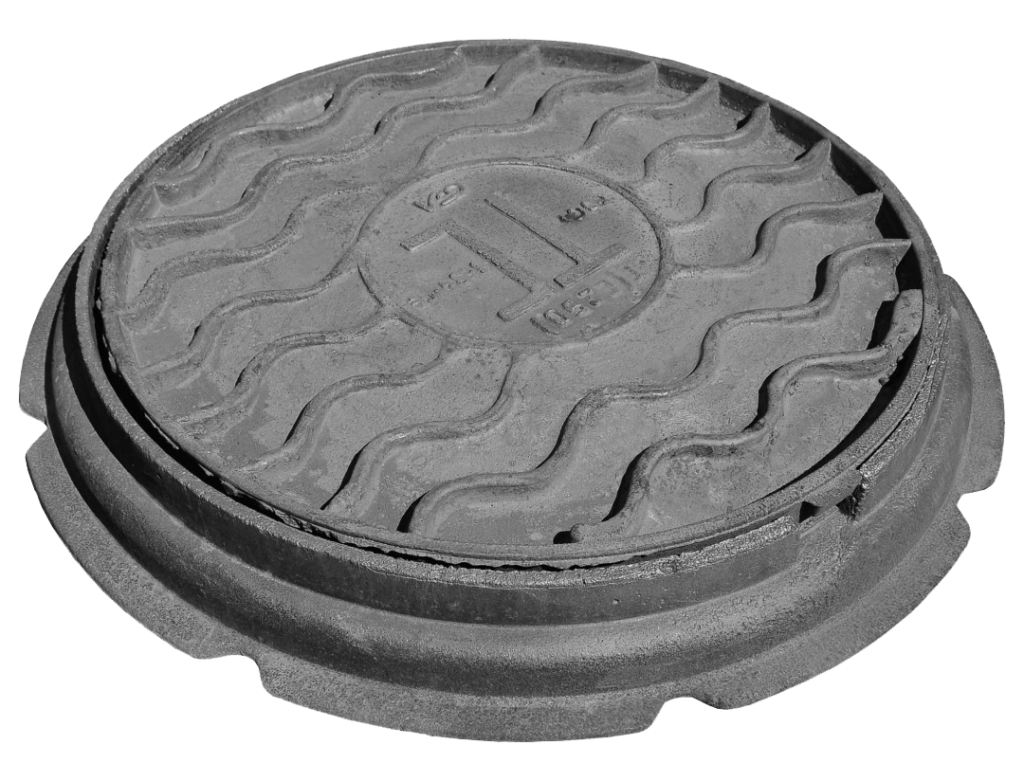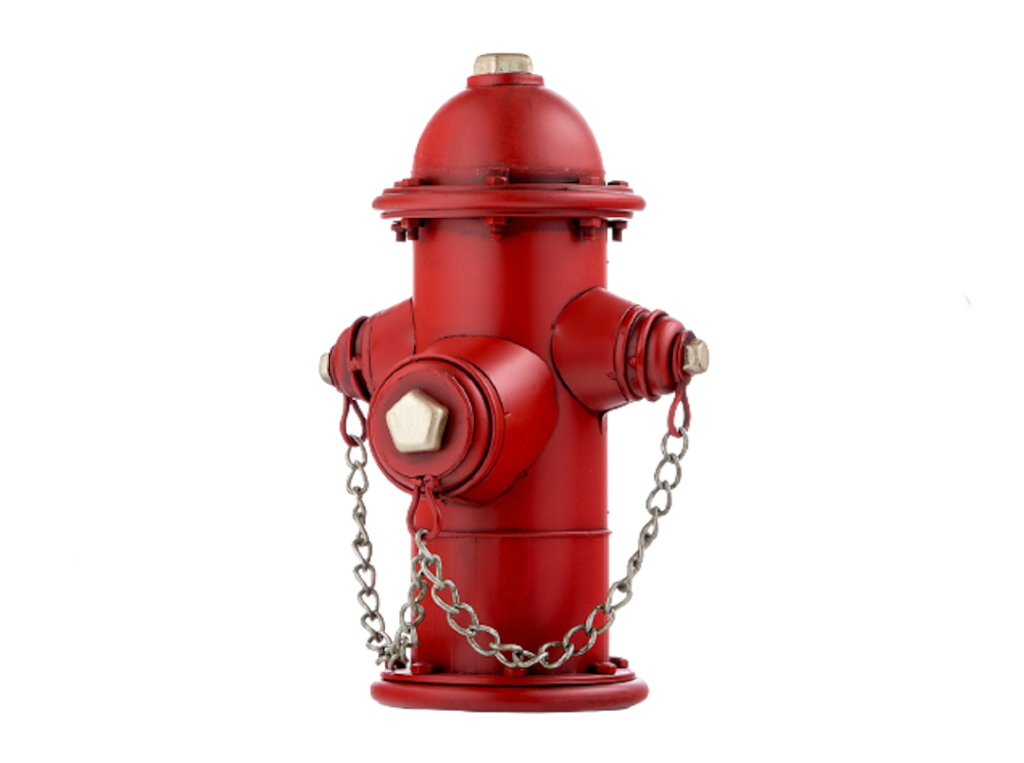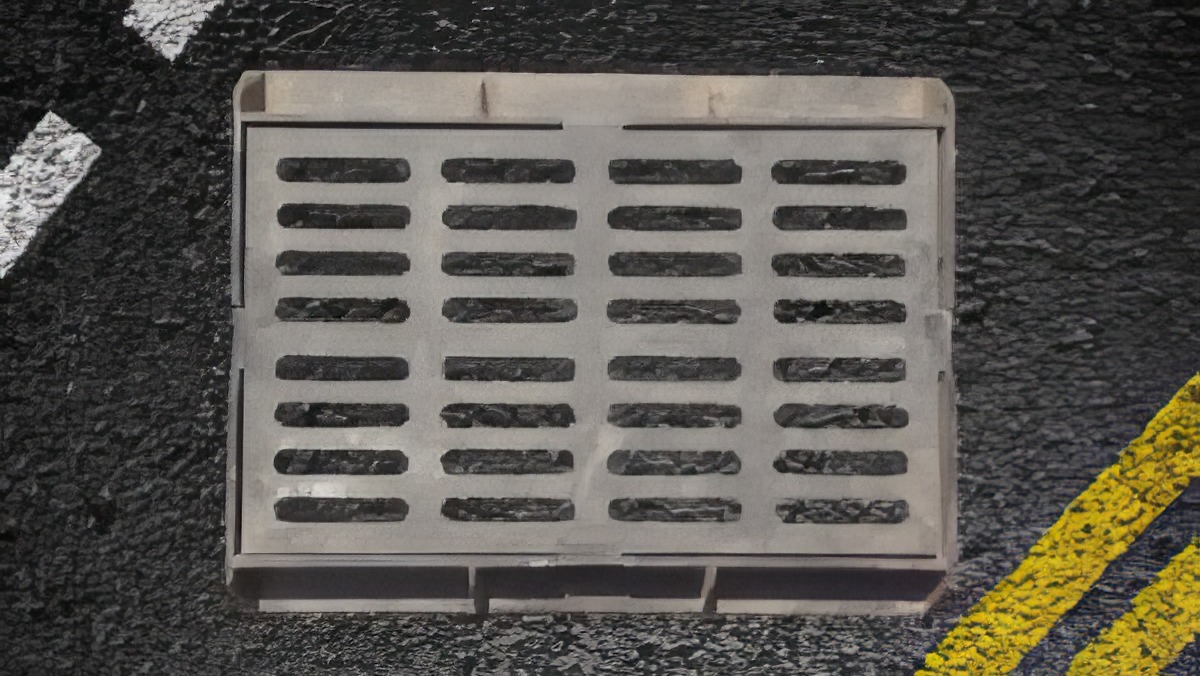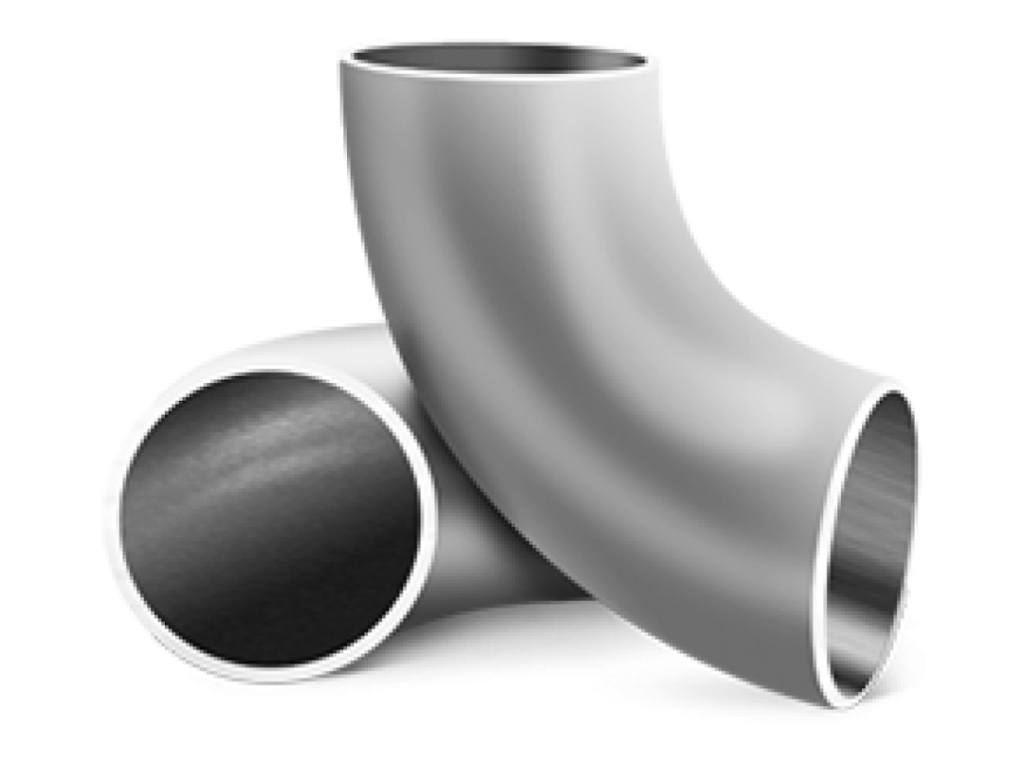- Product Catalog

Cast iron hatches are an important element of infrastructure that provides access to underground communications and technical systems.

Fire hydrants are an integral part of fire safety in cities and enterprises. System of underground and above-ground water distribution devices
Information / Rain receivers. And is it really necessary?
Rain receivers. And is it really necessary?
Unfortunately, the construction of storm sewers is impossible without installing storm wells. So, according to the SNIP norms.
Basically, the storm water inlet is located in the courtyard of a high-rise building, on a park alley, along the sidewalk and pedestrian crossing, of course, if there is an autonomous sewer system. Also on the road along the path of the storm routes.
The devices are manufactured in the form of gratings. This is done with the intention that large debris will linger on the surface of the roads. This way the drain will not become clogged.
You may have a question: “What is the advantage of cast iron rainwater inlets?”
It was not in vain that we, as manufacturers, chose this particular metal, since it compares favorably with other materials.
At least because it can withstand any load class and has excellent throughput. Cast iron is a pure alloy, so we can easily characterize it with the word “environmentally friendly”. It is resistant to acid-base environments and will last for decades.
Our plant produces both round and rectangular types of rainwater inlets:
- Round
Universal. The cover is easy to remove. You do not need to dismantle the well to clean the drain. You can install it: on the highway, and along the road, in the park, in the square, and even in the yard.
- Rectangular
The design is in demand when it is necessary to accept huge volumes of wastewater. For example, in regions where there is a lot of rainfall.

Request a call
Our contacts
News
About the company
Plastic or cast iron sunroof?
Rain receivers. And is it really necessary?
Need some advice?
Do you have any questions, need advice or consultation on cast iron products? Our experts are ready to provide you with all the necessary information and solve any problems in this area

If you need high-quality cast iron products and a reliable partner, contact us. We will be happy to help you bring your projects and goals to life.
